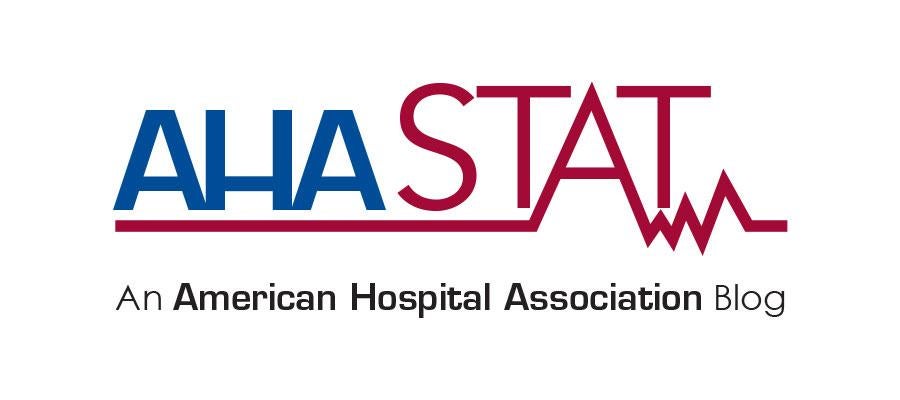Flawed Report on Specialty Drug Spending Fails to Place Blame on Drug Companies

A recent report from UnitedHealth comparing specialty drug spending in hospitals and independent physician offices fails to account for critical differences between these two settings while also ignoring the chief culprit in the growth in drug spending – the drug companies themselves.
Hospitals treat all who come to us, around-the-clock and regardless of ability to pay. Our doors are open during natural disasters and in tragic episodes of mass violence. Studies have shown that hospitals treat patients who are sicker, older, come from lower-income communities and are more likely to have been previously hospitalized than patients treated in independent physician offices. While UnitedHealth’s methodology is unclear, it does not appear that they accounted for these key differences in patient populations.
Other studies on the cost of administering specialty drugs have reached far different conclusions. Specific to the administration of chemotherapy, a study published in the American Journal of Managed Care found that after risk-adjusting for differences in Medicare populations treated by hospitals and physician offices, chemotherapy spending in hospitals was $2,451 lower per patient than at physician offices.
Another important factor that the report ignores is that moving administered specialty drugs outside of hospitals could result in significant patient safety issues. For example, there could be increased use of “brown bagging,” which occurs when a patient picks up a specialty medication from a pharmacy and then carries this medication to their physician’s office for administration, and “white bagging,” which is when a payer purchases drugs through a specialty pharmacy, which then ships the medication directly to the provider for administration. Both “white” and “brown bagging” can pose potentially significant risks to patients’ health and safety.
In addition, many specialty drugs require drug compounding, which can only be done at hospitals that have the necessary equipment to do so safely and accurately. The administration of specialty drugs can also often require special handling beyond compounding, which can only be done by licensed staff who are far more likely to be found in a hospital.
The reality is that spending on specialty drugs is driven by high and growing list prices set by drug companies, not hospitals. A Kaiser Family Foundation report from earlier this year shows that among the most commonly used specialty drugs, prices for branded drugs have risen by 57% since 2017. A 2019 Health Affairs study looking at pricing data for outpatient drugs between 2008 and 2016 found that annually, for “oral and injectable specialty drugs, drug costs increased 20.6% and 12.5%, respectively, with 71.1 percent and 52.4 percent of these increases attributable to new drugs.” And, a March article in the Specialty Pharmacy Times says “although all of these specialty medications have changed the treatment paradigm in their respective disease states, the cost of these medications is certainly pushing the boundaries of the U.S. health care system.”
Instead of blaming hospitals, the authors of this report should instead keep their attention focused on drug companies who introduce specialty drugs at skyrocketing prices that continue to drive the growth in specialty drug spending.

